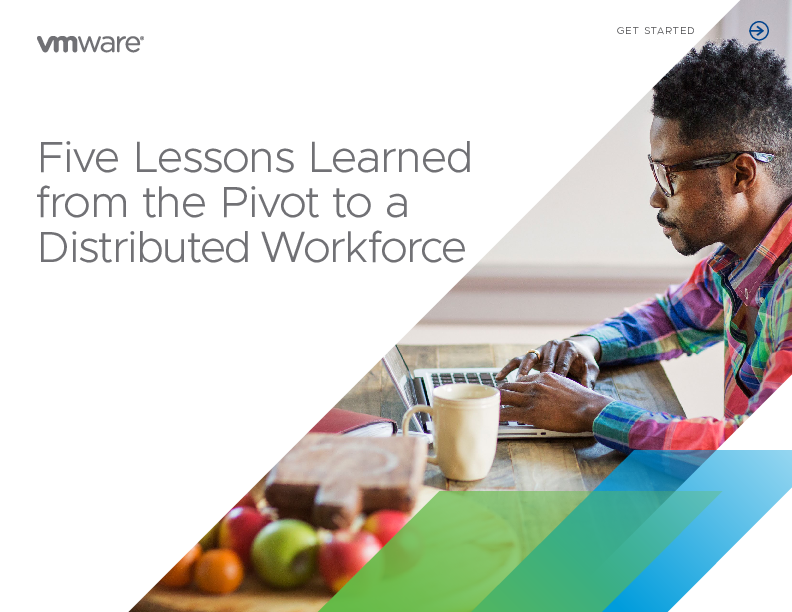Five Lessons Learned from the Pivot to a Distributed Workforce
Today, it is increasingly important to enable your employees to work remotely. Working remotely gives employees flexibility while making them even more productive, which in turn keeps them engaged and happy. Blurring the lines between working at home versus working in the office is a primary reason why user productivity has been steadily climbing in the recent past.
The importance of facilitating remote work is further amplified during pandemics, disasters, and other unforeseen events that force many organizations to give their employees the resources they need to stay productive while they are at home. But giving a large number of end users access to corporate resources quickly is no easy task. The ability to scale is also a hurdle to overcome. How can organizations ensure core business systems are scaled to handle the load, and how can they quickly scale up to meet the needs being put on it, and equally important, being able to scale down later when the load on those systems subsides in the future? There may also be additional challenges such as supporting a wide variety of device types that may be managed or unmanaged. Network traffic and connectivity, as well as security, are other critical factors that need to be considered.
Given the circumstances of the recent global pandemic, organizations did the best they could to initially respond with the resources and technologies they had available. As organizations start to turn the corner on the initial “Respond” phase, it’s time to reflect on what worked, what didn’t, and how to plan for the future. As they say, hindsight is 20/20. So let’s take a look at five lessons we learned when a majority of the office-bound workforce suddenly shifted to a distributed one.

